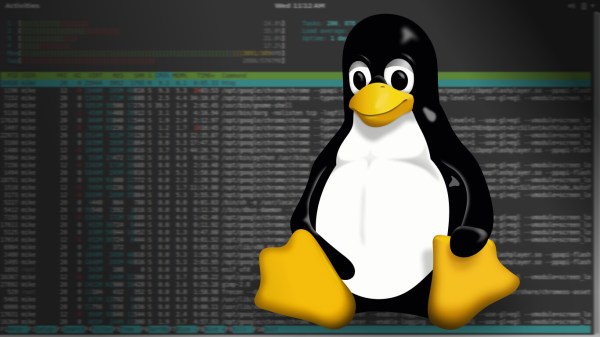JavaScript is everywhere these days, even outside the browser. Everyone knows that this is because JavaScript is the best programming language, which was carefully assembled by computer experts and absolutely not monkeyed together in five days by some bloke at Netscape in the 90s. Nowhere becomes this more apparent than in aspects like JavaScript’s brilliantly designed Date class, which astounds people to this day with its elegant handling of JavaScript’s powerful type system. This is proudly demonstrated by the JS Date quiz by [Samwho].
Recently [Brodie Robertson] decided to bask in the absolute glory that is this aspect of JavaScript, working his way through the quiz’s 28 questions as his mind gradually began to crumble at the sheer majesty of this class’ elegance and subtle genius. Every answer made both logical and intuitive sense, and left [Brodie] gobsmacked at the sheer realization that such a language was designed by mere humans.
After such a humbling experience, it would only seem right to introduce the new JS convert to the book JavaScript: The Good Parts, to fully prepare them for their new career as a full-stack JS developer.
Continue reading “Testing Your Knowledge Of JavaScript’s Date Class”

















